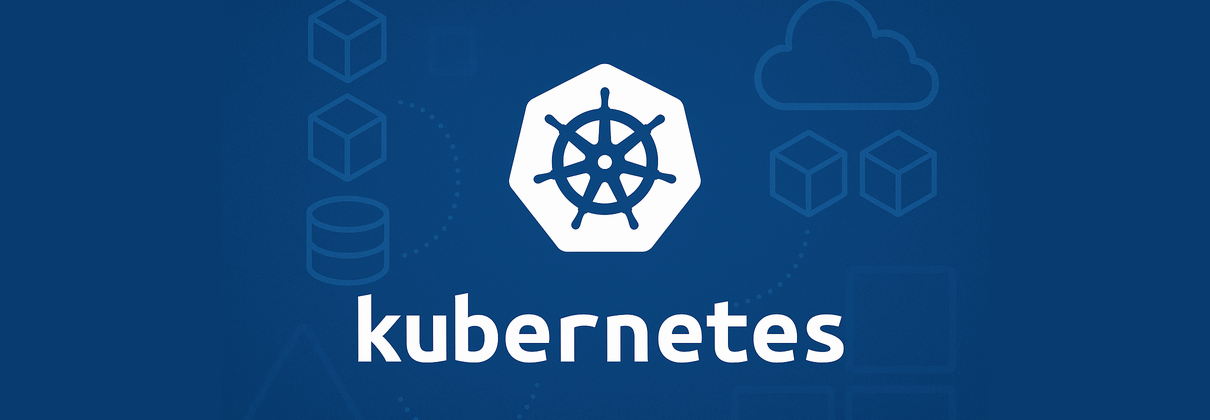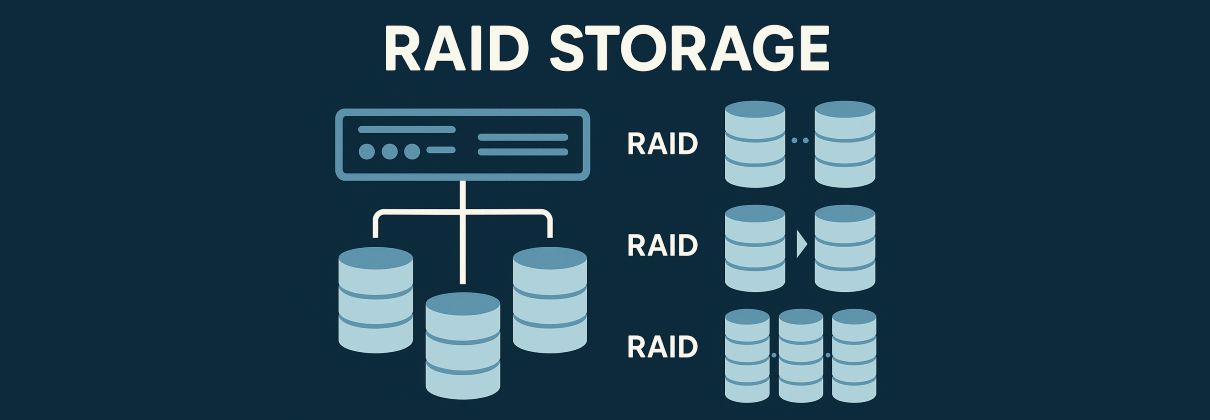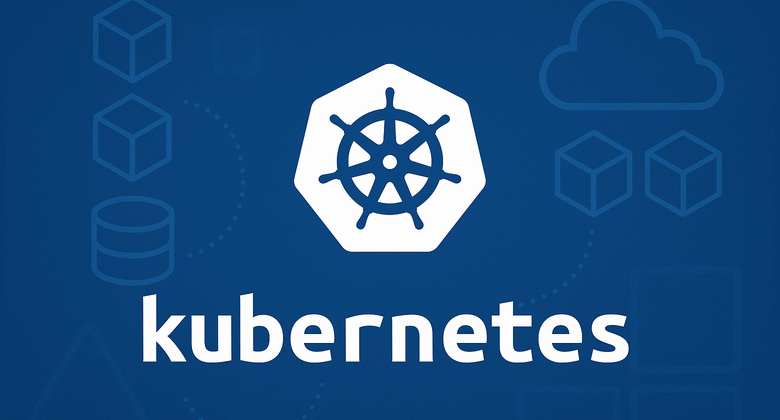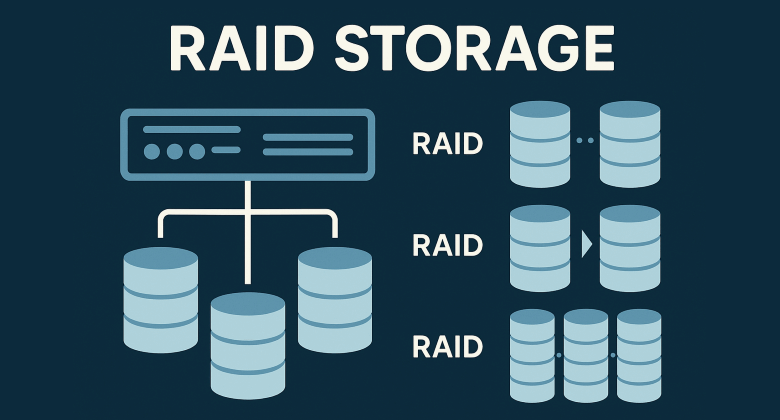Kubernetes has become the industry-standard platform for deploying and managing containerized applications. Its popularity is well-earned, offering capabilities like self-healing, automated scaling, and zero-downtime deployments. But many developers hit a wall when moving from sandbox environments to real-world production setups. This post aims to simplify that jump by breaking down what Kubernetes is, how to use it, and the essential hardware and configuration needed for a reliable production deployment.
RAID: Why Everyone Should Care?
RAID, or Redundant Array of Independent Disks, is a core technology that powers everything from personal NAS drives to enterprise-grade data centers. It enables you to combine multiple physical hard drives into a single system that improves performance, enhances data redundancy, or balances both. This blog post breaks down what RAID is, how the most common RAID levels work, and what their strengths and trade-offs are. Whether you are setting up your first home server or architecting high-availability infrastructure, understanding RAID is essential.
Takeaways on ChatGPT Codex
This article explores how software developers can integrate ChatGPT Codex into their development workflows, from initial code generation to pull request creation. Codex is OpenAI’s code-focused large language model, capable of reading and writing code, generating test cases, and interacting with GitHub repositories. We explain how to get the most out of Codex by combining it with unit tests and test-driven development (TDD), ensuring reliable and verifiable results. Drawing on real-world advice from Simon Willison, we emphasize why automated testing is not just a complement but a critical enabler of safe and effective AI-assisted software engineering.
Beyond the Buzzwords: What Is Machine Learning, Really?
Machine learning is transforming industries, but at its core, it remains a field built on mathematics, logic, and structured data modeling. This article walks through the foundational principles of machine learning, stripping away the modern layers of abstraction to focus on its original essence. No libraries, no black boxes, just math and reasoning. Whether you’re a beginner with a math background or a curious technologist aiming to understand what actually powers intelligent systems, this is a ground-up journey into how machines learn.










